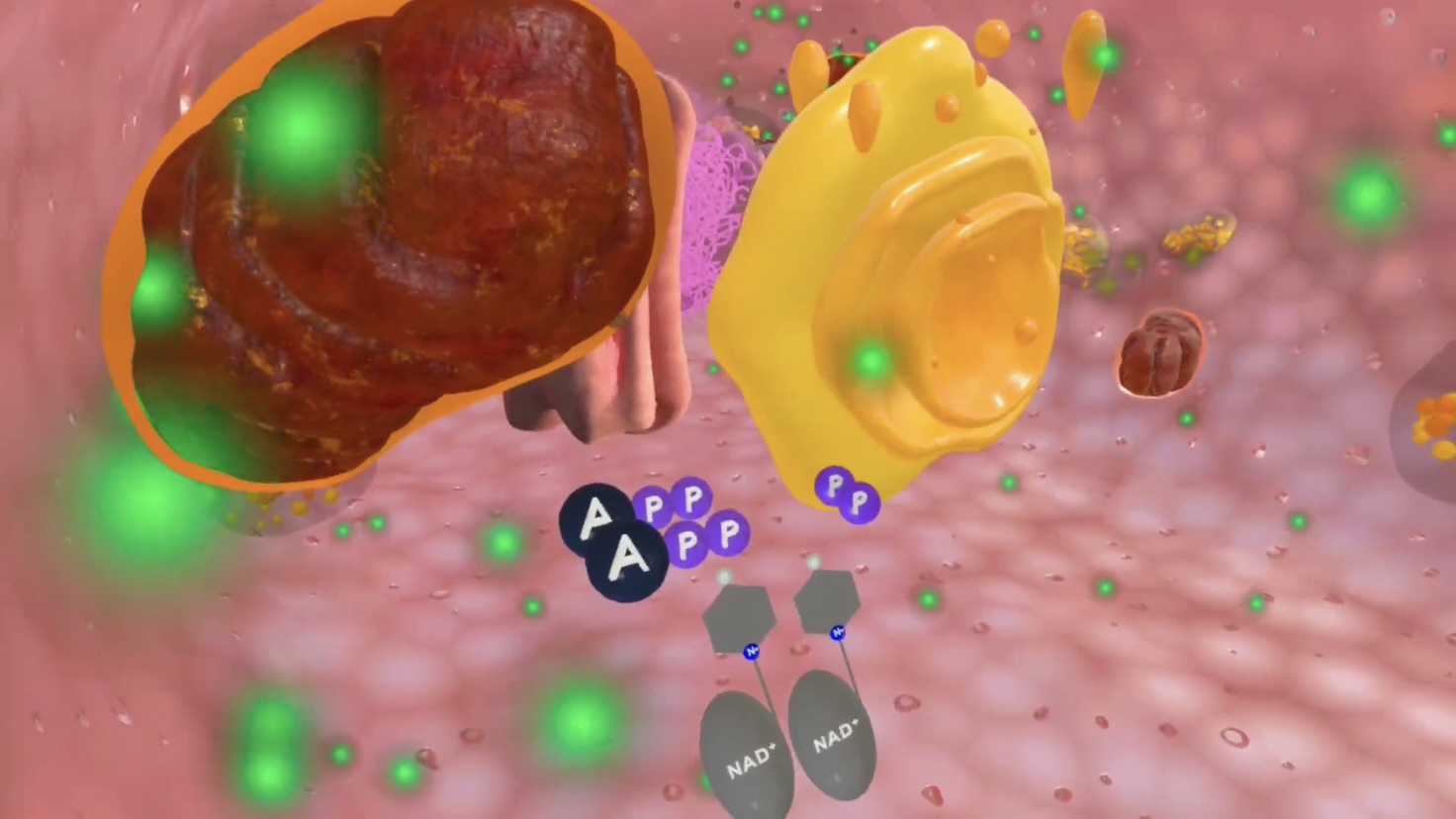


General Simulation Description
Uncover how cells make most of their ATP — use NADH and FADH₂ to power the electron transport chain, add oxygen, and watch energy production reach its peak.
About
Conclude the study of cellular respiration by uncovering how most of the cell’s ATP is actually produced. In this interactive simulation, students reflect on the previous stages — where only small amounts of ATP were generated, but energy was stored in the form of NADH and FADH₂. They add the necessary molecules and watch as these carriers release their high-energy electrons to fuel the electron transport chain. This process, driven by adding the oxygen we breathe, powers the final step in energy production: the synthesis of large amounts of ATP.
Choose your curriculum
Our catalog